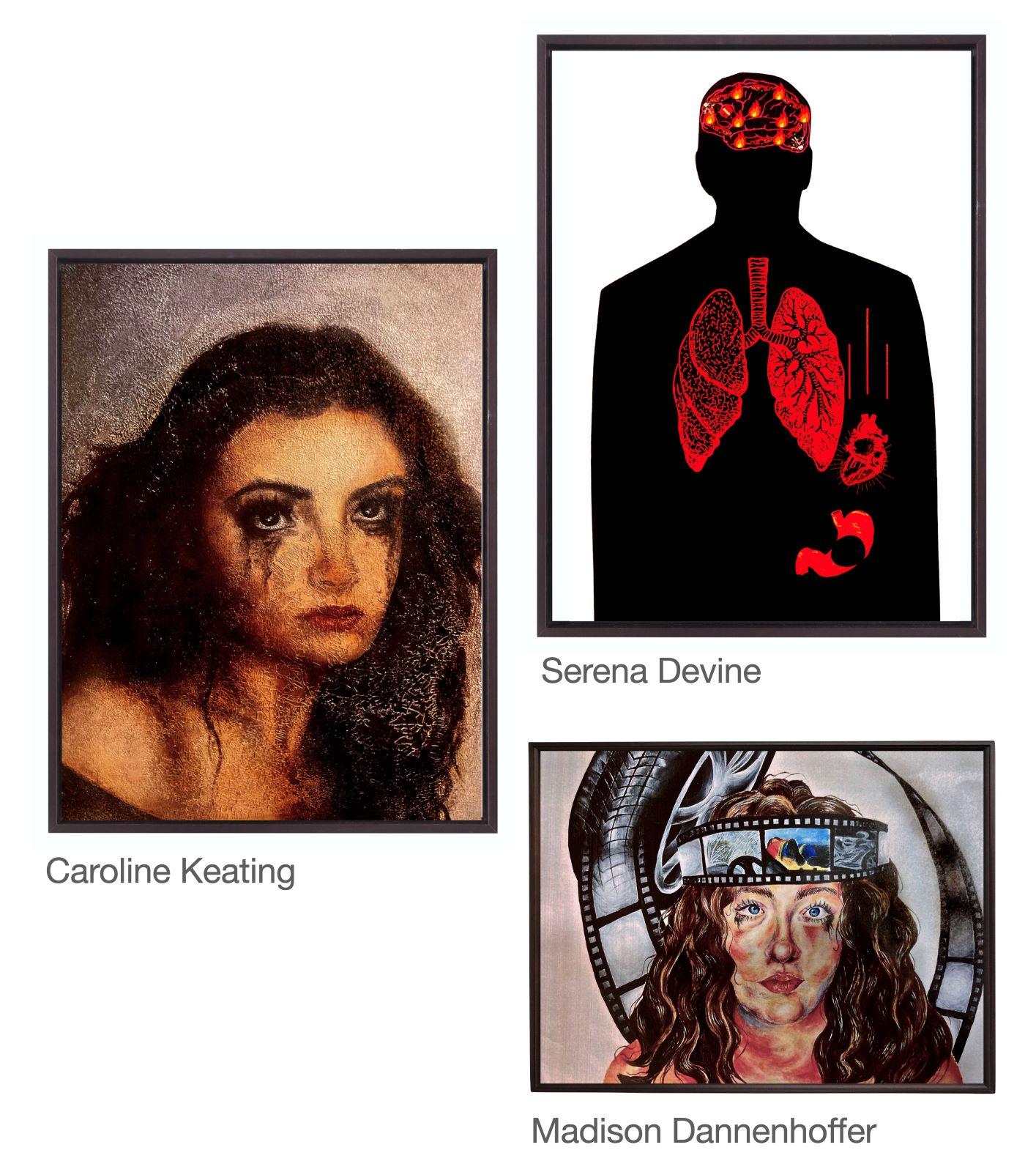<< Back
BrainDance Celebrates 20 Years with Eye Toward Expansion

May 15, 2023
Twenty years ago, it was pretty cutting-edge to think about inviting high school students to create projects based around serious mental illness as a way to destigmatize the diseases. And yet clinical psychologist Dr. James Seltzer and Godfrey Pearlson, MD, who is director of the Olin Neuropsychiatry Research Center, did just that.
They called their idea BrainDance, an academic and art competition designed to decrease the stigma of mental illness. The BrainDance Awards encourage students to gain knowledge about psychiatric diseases and develop a more tolerant and realistic perspective toward people with severe psychiatric problems. The competition also aims to promote students’ interest in careers in mental health care.
Recently the 20th annual BrainDance hosted by Hartford HealthCare’s Institute of Living (IOL) celebrated deeply personal, evocative and moving works of art, research papers and mixed media presentations that took the top prizes in this year’s competition.
“BrainDance was created in 2003 to help us connect to high school students across the state and encourage them to look beyond the stigma of mental illness,” Nancy Hubbard, vice president of clinical operations at the IOL says. “Each year we are floored by the depth of the work.”
The more than 120 submissions this year covered topics ranging from post-partum depression to anxiety to PTSD to suicide ideation.
Back in the early 2000s, “we were bemoaning the fact that there were few efforts to fight the stigma around serious mental illness,” Pearlson says. “We were asking what we could do. And we thought we should get the word out to people who hadn’t yet formed their first impressions – high school kids. They have open minds and they can understand the issues.”
“Part of our mission at the IOL is to make the greater community more educated, more understanding and more tolerant of mental illness,” he adds. “If even one student finds the courage to either seek treatment for themselves or encourage a friend or family member, then we’ve played a part in improving or even a life.”
Twenty years in, the program is expanding, launching a Youth Advisory Council to allow teens “to have a voice to empower them, to help us think about what treatment might look like,” says Melissa Deasy, LCSW, director of the IOL’s Residential and Ancillary Services and its Family Resource Center.
“We already have a Patient Family Advisory Council,” Deasy notes. “What we realized we really need is a council for youth specifically. Youth want to be part of these conversations.”
To receive a BrainDance Award, a student must submit either an academic or art project on themes related to severe mental illness. The projects can be in any format, including research studies, reviews, essays, video, paintings, poems or short stories. Deasy says outreach about the competition is made to every high school in the state each fall, and this year they expanded their message by sending information to various clubs at the schools, ranging from art clubs to advocacy groups.
Students can choose to compete in either the art or academic competition. Submissions go through three rounds of judging. An award of $1,000 is given to the best overall submission. Awards up to $1000 may be given to the best projects. Students’ submissions in the art and academic competitions are judged separately.